A Rainy Friday at Buttertubs Marsh: Finding Calm in Nature - Aug 23, 2024
- Jennifer Dowd
- Aug 23, 2024
- 3 min read
Located in the heart of Nanaimo, Buttertubs Marsh is a 100-acre conservation area that serves as a vital wetland for local wildlife. It features a looped trail of approximately 2 kilometers that winds through marshland, offering views of diverse bird species, wetland plants, and peaceful scenery. Despite its urban location, Buttertubs Marsh provides a quiet escape, where visitors can immerse themselves in the calming sounds and sights of nature.

I wasn’t sure what I was hoping to find, but I knew I needed the walk—the quiet moment, the connection to nature, the chance to let the persistent drizzle wash away the noise in my mind. Sometimes, you don’t need sunshine or clear skies to find solace in the outdoors; sometimes, it’s the grey, misty moments that provide exactly what you need.
As I circled the marsh, lost in my thoughts, I was interrupted by a distant squawking. The sound was persistent, echoing through the trees, and I couldn’t help but be curious about what was making that noise. As I passed another photographer, I asked if he had figured it out. He mentioned that he suspected it might be a hawk, but the rain had made it difficult to spot anything. He added that not much was out in the open due to the downpour. For a brief moment, I felt a pang of disappointment. Was this going to be one of those walks where nature remained elusive, just out of reach?
But I decided to keep going, holding onto the hope that something would reveal itself. That’s when I caught a glimpse of movement out of the corner of my eye. There he was—a Merlin, perched high on a tree branch, undeterred by the rain. I managed to capture a few shots of him, looking proud and defiant in the drizzle. It was a small victory and for a moment, I experienced joy.

Merlins are small, fierce falcons known for their speed and agility. Often mistaken for larger hawks, these raptors are skilled hunters, primarily preying on small birds, which they catch mid-flight in rapid, high-speed chases. Unlike other falcons, Merlins tend to fly low and fast, darting through trees and open spaces with precision. Their name might sound magical, but these little predators are all about power and efficiency.

Further along the trail, I saw more silhouettes—purple martins, I was told. They darted through the rainy sky, leaving me with silhouetted shots that captured their essence. Purple Martins are the largest swallows in North America and are known for their acrobatic flight and communal nesting habits. Despite their name, adult males appear more of a deep, iridescent blue-black in sunlight. These social birds often live in colonies and rely on human-made birdhouses for nesting, particularly in eastern North America. They’re insectivores, catching insects mid-air with remarkable agility.

And then, from a distance, I spotted a red-winged blackbird perched on some bullrushes. I snapped a photo, but it didn’t turn out as I’d hoped—the sharpness was focused on the surrounding grass rather than the bird itself. The blackbird was just out of reach for my 600mm lens, making the image shaky and imperfect.
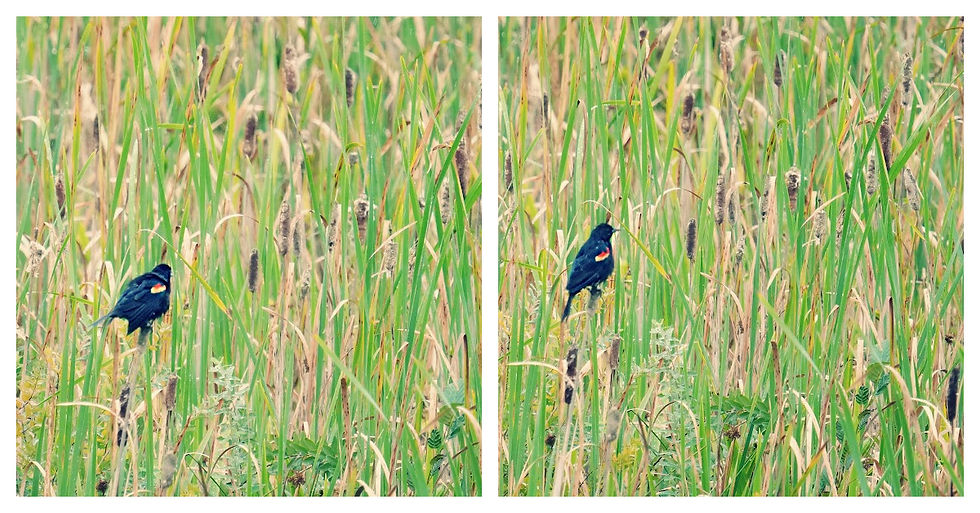
And beside him, a Northern Waterthrush busily picked at the bullrushes, offering a brief but satisfying sighting despite being too far for a sharp shot. The Northern Waterthrush is a large, warbler-like bird known for its distinctive bobbing tail and preference for wet, marshy habitats.
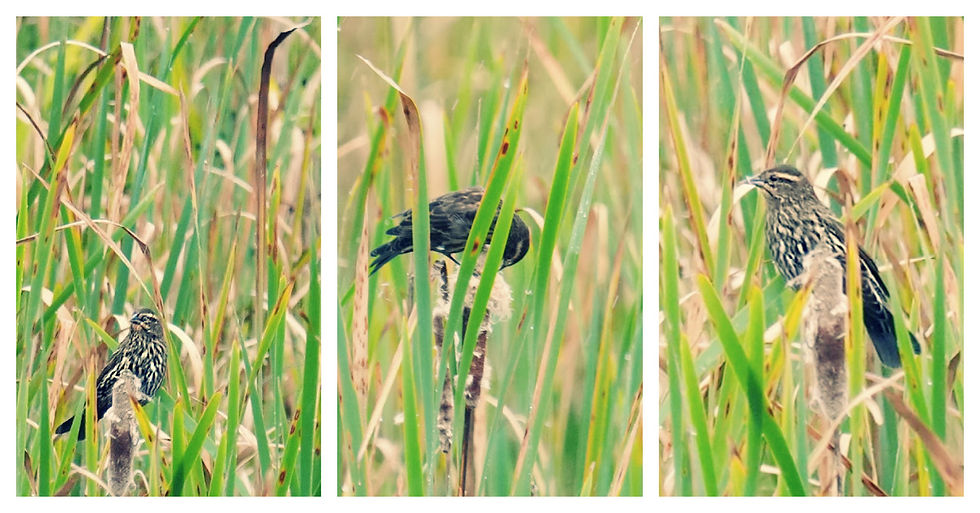
As I walked through the marsh, I couldn’t help but notice the intricate patterns all around me. The rain had created small puddles where the roots of nearby trees wove mesmerizing designs, their reflections rippling softly in the water. The trees themselves provided a natural canopy, offering brief shelter from the rain. I found myself drawn to the delicate patterns in the limbs and leaves, capturing their quiet beauty as raindrops clung to them. There’s something special about how the rain enhances the textures and shapes in nature, turning ordinary scenes into something almost magical.
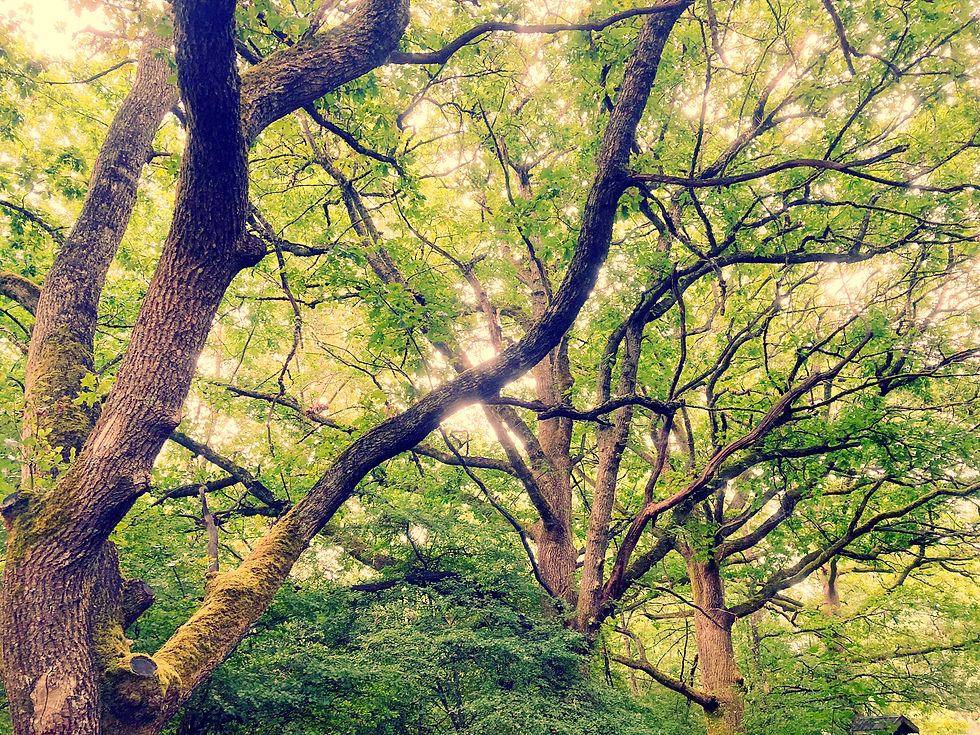

In between these encounters, I found myself photographing the textures of bark, the delicate patterns of moss, and raindrops clinging to foliage. It wasn’t about getting the perfect shot, but rather about observing and being present in the moment.

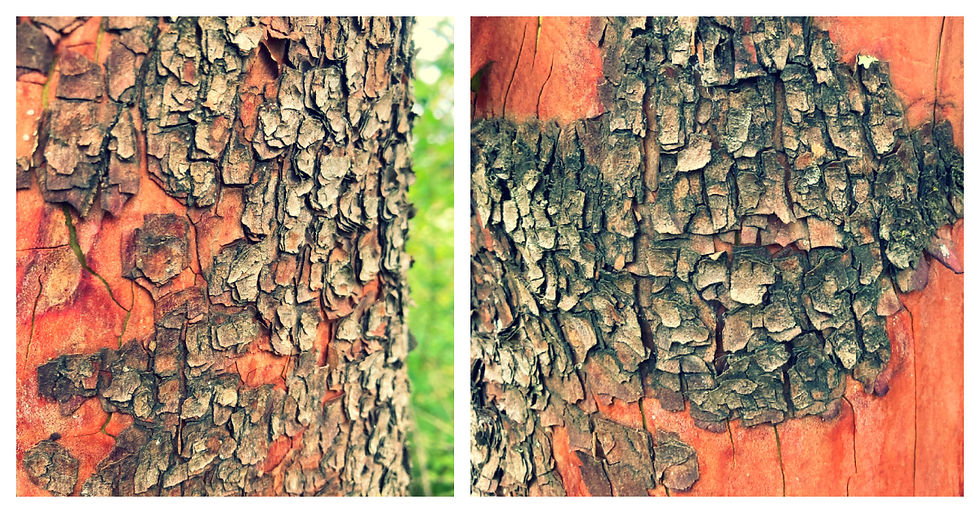
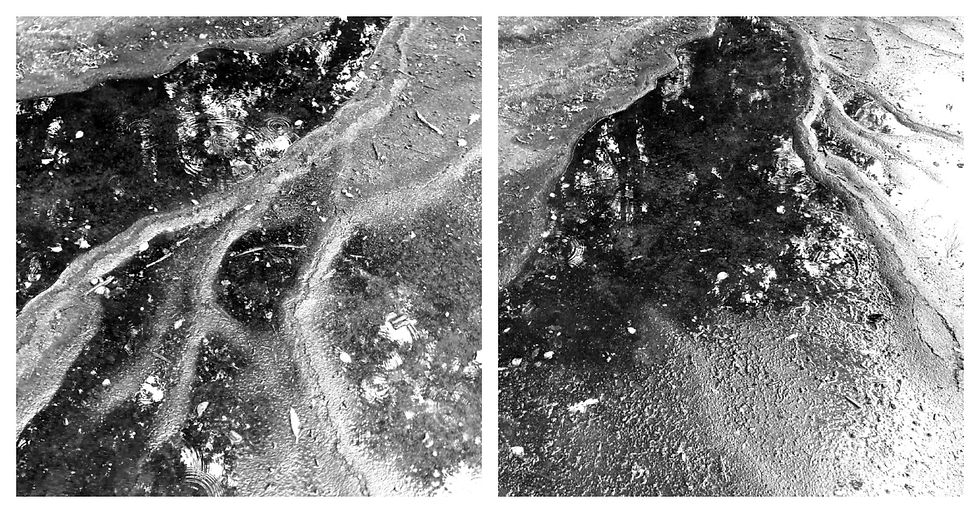
Sure, I would have loved crisper, sharper photos, but this trip wasn’t really about capturing flawless images. It was about healing—finding some peace amid the chaos that grief brings. There’s something deeply soothing about being out in nature, even when the conditions aren’t ideal. As I continue to build my photography skills, I know the photos will improve. But for now, it’s enough to simply be out there, letting the rain, the quiet, and the wildlife help mend what’s broken.
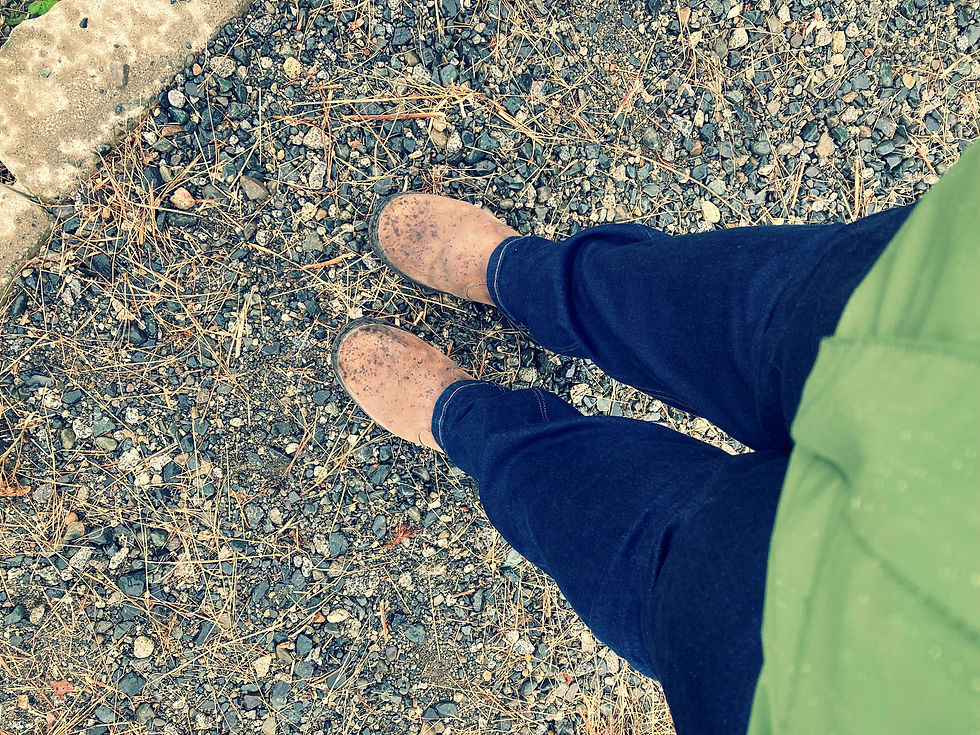



Comments